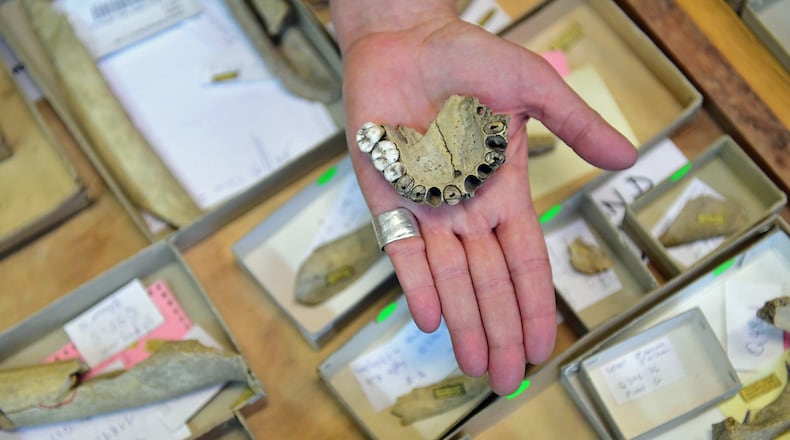A researcher at the University of Kansas has discovered toothpick grooves on teeth and other signs that a Neanderthal who lived 130,000 years ago underwent some kind of prehistoric dentistry, according to a new report.
The report in the Bulletin of the International Association for Paleodontology says the teeth, which were found in a cave in Croatia more than 100 years ago, were recently analyzed with modern equipment.
The findings indicated toothpick grooves and scratches on the teeth that tell a story of pain from impacted teeth. The toothpick grooves were found on two molars that had been pushed out of place by two other molars behind them. Other marks indicated the person tried to remove at least one of the teeth causing the pain.
About the Author
The Latest
Featured


